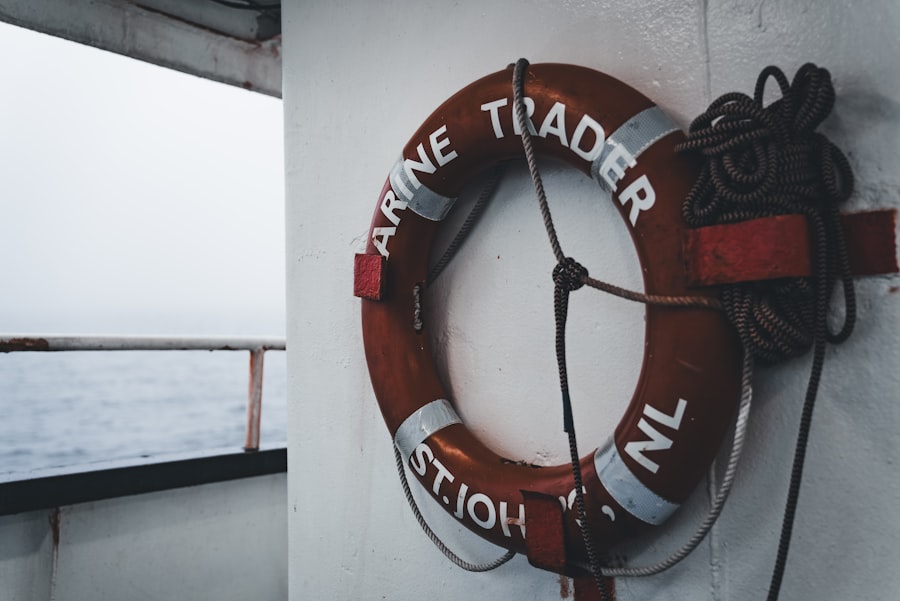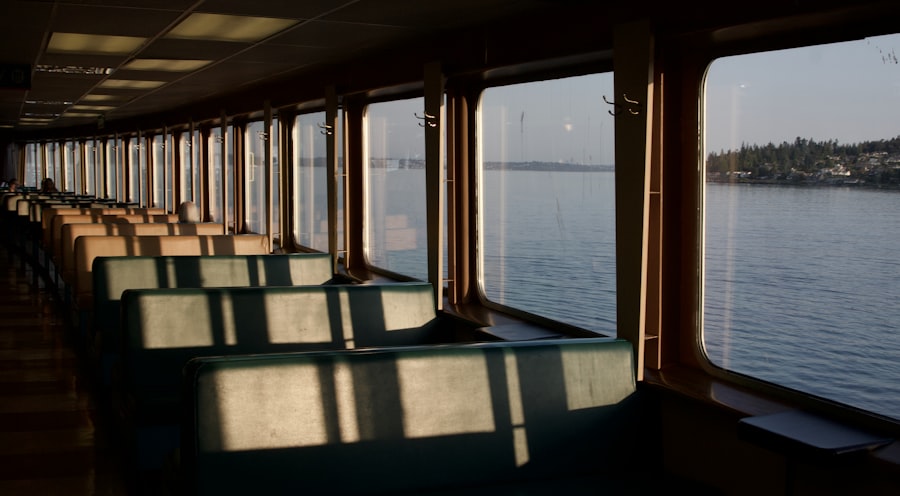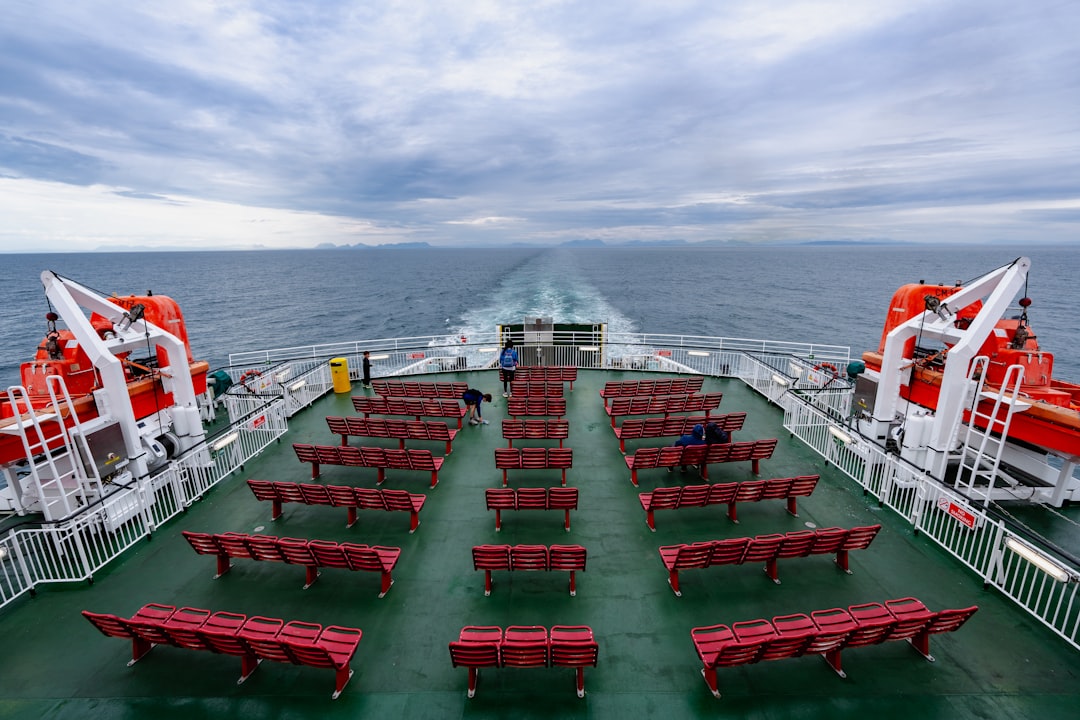The Drake Passage, a body of water that separates South America from Antarctica, is renowned for its tumultuous seas and breathtaking vistas. Stretching approximately 800 kilometers (500 miles) from Cape Horn to the Antarctic Peninsula, this passage is not only a critical maritime route but also a gateway to one of the most remote and pristine regions on Earth. The waters of the Drake Passage are often characterized by their unpredictable nature, with strong currents and winds that can create challenging conditions for vessels.
Despite its reputation for rough seas, the Drake Passage holds a unique allure for adventurers and nature enthusiasts alike. Navigating the Drake Passage is often considered a rite of passage for those embarking on Antarctic cruises. The journey through these waters offers travelers a chance to experience the raw power of nature while also serving as an introduction to the stunning landscapes and diverse wildlife that await them in Antarctica.
As ships traverse this iconic passage, passengers are treated to views of towering icebergs, glistening glaciers, and the vast expanse of the Southern Ocean, making it an unforgettable part of any Antarctic adventure.
Key Takeaways
- The Drake Passage is a body of water between South America’s Cape Horn and the South Shetland Islands of Antarctica.
- The Drake Passage is a crucial route for Antarctic cruises, providing access to the Antarctic Peninsula and its stunning landscapes and wildlife.
- The Drake Passage is home to a diverse range of wildlife, including whales, seals, and seabirds, as well as breathtaking scenery of icebergs and glaciers.
- The weather in the Drake Passage is known for its unpredictability, with strong winds and rough seas, making it important for travelers to be prepared for challenging conditions.
- When traveling through the Drake Passage, it’s important to choose a reputable cruise line, pack appropriate clothing, and be aware of safety precautions for a smooth and enjoyable journey.
The Importance of the Drake Passage for Antarctic Cruises
The Drake Passage plays a pivotal role in Antarctic cruises, serving as the primary route for vessels traveling to the southernmost continent. Its strategic location makes it an essential corridor for exploration and tourism, connecting the bustling ports of Ushuaia in Argentina and Punta Arenas in Chile with the breathtaking landscapes of Antarctica. For many travelers, crossing the Drake Passage is not merely a means to an end; it is an integral part of the overall experience, offering a unique opportunity to witness the transition from temperate climates to the icy realms of the polar region.
Moreover, the passage is significant for its ecological importance. The waters are rich in nutrients, supporting a diverse array of marine life that thrives in these cold, nutrient-dense waters. This biodiversity is a major draw for cruise operators, as it enhances the overall experience for passengers who are eager to observe wildlife in its natural habitat.
The Drake Passage thus serves as both a logistical necessity and a vibrant ecosystem, making it a focal point for those seeking to explore the wonders of Antarctica.
The Unique Wildlife and Scenery of the Drake Passage

One of the most captivating aspects of the Drake Passage is its unique wildlife. As ships navigate these waters, passengers often have the chance to spot various species of seabirds, including albatrosses and petrels, soaring gracefully above the waves. These magnificent birds are well adapted to life at sea, and their presence adds an enchanting element to the journey.
Additionally, marine mammals such as dolphins and whales can frequently be seen breaching the surface, providing thrilling moments for those on board. The scenery in the Drake Passage is equally mesmerizing. The stark contrast between the deep blue waters and the white-capped waves creates a dramatic backdrop that is both awe-inspiring and humbling.
Icebergs of all shapes and sizes drift by, some towering high above the water while others are mere fragments glistening in the sunlight. The ever-changing weather conditions can also transform the landscape in an instant, with fog rolling in or sunlight breaking through clouds to illuminate the icy formations. This dynamic environment ensures that no two crossings are ever alike, making each journey through the Drake Passage a unique experience.
Weather and Climate in the Drake Passage
| Month | Average Temperature (°C) | Precipitation (mm) | Wind Speed (km/h) |
|---|---|---|---|
| January | 5 | 80 | 35 |
| February | 5 | 90 | 40 |
| March | 4 | 100 | 45 |
| April | 2 | 110 | 50 |
| May | 0 | 120 | 55 |
| June | -1 | 130 | 60 |
The weather in the Drake Passage is notoriously unpredictable, characterized by rapidly changing conditions that can shift from calm to stormy within moments. The passage is influenced by various climatic factors, including strong winds and ocean currents that can create rough seas. Travelers should be prepared for a range of weather scenarios, from sunny skies to heavy rain and snow.
This variability is part of what makes crossing the Drake Passage an adventure; it requires flexibility and adaptability from those on board. Temperatures in the Drake Passage can also vary significantly depending on the time of year. During the summer months (November to March), temperatures are generally milder, making it more favorable for cruising.
However, even in summer, it is not uncommon for temperatures to hover around freezing, especially as ships approach Antarctica. Passengers should dress in layers and be equipped with waterproof gear to ensure comfort during their journey through these often-chilly waters.
Tips for Traveling through the Drake Passage
Traveling through the Drake Passage can be an exhilarating experience, but it also requires some preparation to ensure a smooth journey. One essential tip is to choose a cruise line that prioritizes safety and has experienced crew members familiar with navigating these challenging waters. Researching different operators can help travelers find one that aligns with their preferences and comfort levels.
Another important consideration is packing appropriately for the journey. Given the unpredictable weather conditions, travelers should bring a variety of clothing options, including waterproof jackets, thermal layers, and sturdy footwear. Additionally, seasickness can be a concern for some passengers due to the often-rough seas; therefore, it may be wise to consult with a healthcare professional about preventative measures or medications before embarking on the trip.
The History and Exploration of the Drake Passage

The history of exploration in the Drake Passage is rich and storied, dating back centuries when early navigators sought new trade routes and territories. The passage was named after Sir Francis Drake, an English sea captain who sailed through these waters in 1578 during his circumnavigation of the globe. His journey marked one of the first recorded passages through this treacherous stretch of ocean, paving the way for future explorers.
In subsequent years, many notable expeditions ventured into the Drake Passage as part of their quests to explore Antarctica and its surrounding regions. Explorers such as Ernest Shackleton and Robert Falcon Scott faced immense challenges while navigating these waters in their pursuit of scientific discovery and adventure. Their tales of bravery and resilience continue to inspire modern-day travelers who embark on similar journeys through this iconic passage.
Safety Precautions for Cruising through the Drake Passage
Safety is paramount when cruising through the Drake Passage due to its unpredictable nature. Cruise operators typically implement rigorous safety protocols to ensure passenger well-being throughout the journey. Before setting sail, passengers are often briefed on safety procedures, including how to respond in case of rough seas or emergencies.
Additionally, modern vessels are equipped with advanced technology designed to enhance safety during crossings. This includes stabilizers that help reduce motion sickness and improve comfort while navigating turbulent waters. Passengers are encouraged to follow crew instructions closely and remain aware of their surroundings at all times to ensure a safe and enjoyable experience.
Popular Activities and Excursions in the Drake Passage
While crossing the Drake Passage is an adventure in itself, many cruise operators offer additional activities and excursions that enhance the overall experience. One popular option is wildlife watching excursions, where passengers can embark on small boats or zodiacs to get up close to marine life such as seals, penguins, and whales. These excursions provide an intimate glimpse into the vibrant ecosystems that thrive in these frigid waters.
Another exciting activity available during cruises through the Drake Passage is educational programming led by onboard naturalists and experts. Passengers can participate in lectures and workshops that delve into topics such as marine biology, glaciology, and climate change. These enriching experiences not only enhance understanding but also foster a deeper appreciation for the unique environment surrounding them.
The Best Times of Year to Visit the Drake Passage
The best time to visit the Drake Passage largely depends on travelers’ preferences regarding weather conditions and wildlife sightings. The summer months from November to March are generally considered ideal for Antarctic cruises due to milder temperatures and longer daylight hours.
However, some travelers may prefer visiting during shoulder seasons when fewer tourists are present. Late October or early March can offer unique opportunities for observing migratory birds or witnessing stunning ice formations as they begin to melt or freeze anew. Regardless of when one chooses to embark on this journey, each season offers its own distinct charm and beauty.
How to Choose the Right Antarctic Cruise that Includes the Drake Passage
Selecting the right Antarctic cruise that includes a passage through the Drake requires careful consideration of several factors. First and foremost, travelers should assess their personal preferences regarding cruise size and amenities. Some may prefer smaller expedition vessels that offer more intimate experiences with nature, while others might opt for larger ships with extensive onboard facilities.
Additionally, researching itineraries is crucial; different cruise lines may offer varying routes or durations for their journeys through the Drake Passage. Travelers should also consider what activities are included in their cruise package—such as guided excursions or educational programs—to ensure they align with their interests. Reading reviews from previous passengers can provide valuable insights into what each cruise experience entails.
Why the Drake Passage is a Must-See for Antarctic Cruises
In conclusion, crossing the Drake Passage is an essential part of any Antarctic cruise experience that offers travelers a unique blend of adventure, natural beauty, and wildlife encounters. Its significance as a maritime route cannot be overstated; it serves as both a gateway to Antarctica and a vibrant ecosystem teeming with life. The unpredictable weather adds an element of excitement while also requiring careful preparation from those who embark on this journey.
The rich history of exploration within these waters further enhances its allure, connecting modern travelers with legendary figures who braved its challenges long ago. With careful planning and consideration, individuals can choose cruises that align with their interests while ensuring safety throughout their voyage. Ultimately, experiencing the majesty of the Drake Passage is not just about reaching Antarctica; it is about embracing an adventure that will leave lasting memories for years to come.
If you’re planning an adventurous cruise that navigates the challenging waters of the Drake Passage, you might be interested in learning more about the various routes and experiences offered by different cruise lines. The Drake Passage, known for its rough seas and unpredictable weather, is a popular route for those seeking to explore the pristine landscapes of Antarctica. For more detailed information on the types of cruises that traverse this legendary passage, you can check out this related article which provides insights into the unique experiences and itineraries available for travelers venturing into these remote waters.
WATCH NOW! Drake Passage: Earth’s Deadliest Waters Revealed
FAQs
What is the Drake Passage?
The Drake Passage is the body of water between the southern tip of South America and the northern tip of the Antarctic Peninsula. It is known for its rough seas and challenging sailing conditions.
Which cruises go through the Drake Passage?
Many expedition cruises to Antarctica and the surrounding regions will pass through the Drake Passage. These cruises are typically operated by specialized expedition cruise companies.
What can passengers expect when cruising through the Drake Passage?
Passengers can expect rough seas and potentially stormy conditions when cruising through the Drake Passage. It is important to be prepared for motion sickness and to follow the guidance of the ship’s crew.
When is the best time to take a cruise through the Drake Passage?
The best time to take a cruise through the Drake Passage is during the Antarctic summer, which runs from November to March. This is when the weather and sea conditions are relatively milder.
Are there any alternative routes to avoid the Drake Passage?
There are no alternative routes to completely avoid the Drake Passage when traveling to Antarctica. However, some cruises may take a more northerly route through the Beagle Channel and around Cape Horn to minimize the time spent in the Drake Passage.
